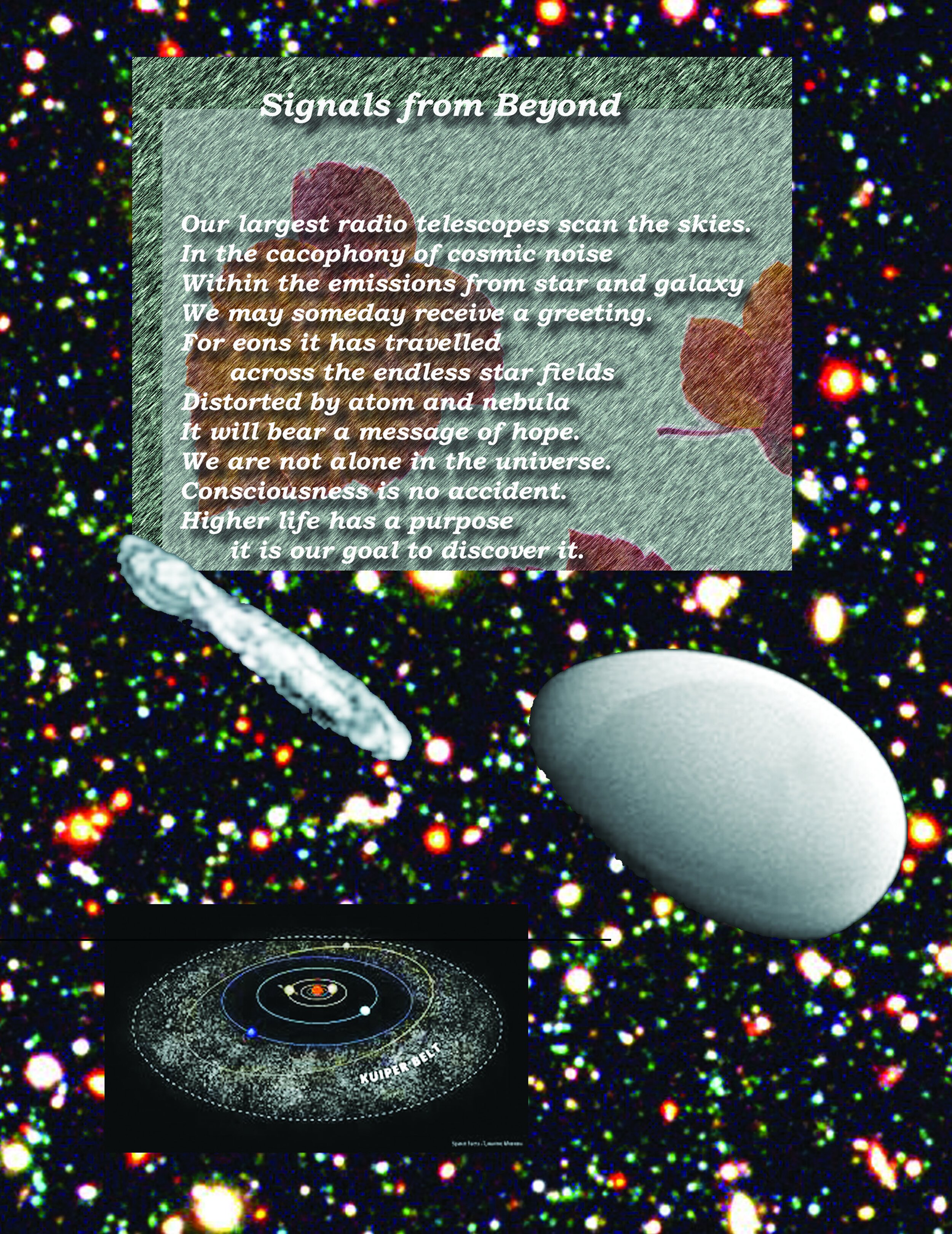Stellar Engineering
Stellar Engineering starts by considering terrestrial organisms, and early humans, who have constructed, on their scale, “megastructures,” and continues with a history of the development of the stellar engineering concept. Kepler data on the subject star is reviewed as is observational data on other possible Stapledon/Dyson Sphere candidates.
Possible applications of such enormous constructs are discussed, as well as the intriguing speculation that we might live in a Stapledon/Dyson swarm of alien space habitats within our Solar System’s Kuiper Belt. The chapter frontispiece art illuminates the ideas presented.
Why stellar engineering?
Chapter 1: Thinking Big Exploring, developing and utilizing space will require us to think big. From big solar collectors for generating power to big mining operations on asteroids to bring back to Earth the raw materials for industry, we will have to change our scale of thought.
Chapter 2: If we can do it: Olaf and the Star Shell Alien megastructures first appear in a work of science-fiction: Star Maker. Originally authored by the British philosopher Olaf Stapledon in 1937, this work has proven to be very influential in frontier science.
Chapter 3: Freeman Gets in the Act Although Stapledon proposed the concept of artificial structures entirely or partially enclosing a star, it was necessary for a scientist to flesh out the idea. This was accomplished by Freeman Dyson in 1963.
Chapter 4: Kardashev Speaks: ET and Stellar Energy What would it require for a civilization to control the energies sufficient to assemble a Megastructure? Nikolai Kardashev proposed a three-tiered scale for comparing the capabilities of civilizations and it is clear that making these massive structures will require near the top of the proposed scale.
Chapter 5: Ring Round a Star Some scientists critiqued the concept of a solid sphere encompassing a star on dynamic grounds. Even though our solar system contains enough material in the planets, asteroids and comets to construct such a device, it has significant stability issues.
Chapter 6: Fermi's Paradox: An ill omen? If we can foresee a future in which humanity becomes a solar system wide civilization and, accepting that the conditions that gave rise to us on Earth are not unique, then there must be other species doing what we're thinking of doing and some of them should be thousands, if not millions, of years ahead of us doing so - so where are they?
Chapter 7: Exoplanets: An expanding search It's difficult to believe that before 1992 we didn't have direct evidence that planets existed anywhere in the universe except here around our parent star. Since that time, there has been a dramatic increase in the detection of extrasolar planets, some of which appear to be potentially hospitable to Earth-based or other complex life.
Chapter 8: The most interesting star in the galaxy The official name of the star is KIC 8462852, but it is commonly known as Tabby’s Star after the name of the astronomer who lead the team that detected this object’s anomalies light curve. The fascinating variations in this 1,500-light-year distant blue-white star’s apparent luminosity has only two explanations to date. One is a partial megastructure encompassing the star; the second is an enormous comet swarm.
Chapter 9: Other searches, other stars Some astronomers have conducted (so far unsuccessful) searches for the infrared emissions from partial or complete Stapledon/Dyson spheres. Others have reported lightcurve anomalies similar, but not as dramatic, as those found around Tabby’s Star.
Chapter 10: Steps toward star shells No terrestrial or extraterrestrial civilization, no matter how advanced technologically, will just decide one day to build a huge celestial megastructure. There are many intermediate steps to be taken before such a technological birthing can occur.
Chapter 11: The zone of life This chapter examines the factors that allow life to thrive on the surface of a planet or moon.
Chapter 12: How stars evolve All stars evolve. They are born, mature, age, and ultimately die.
Chapter 13: Architects, migrants, and artists What might motivate the architects, designers, and engineers of an advanced extraterrestrial civilization to rearrange their solar system?
Chapter 14: To cool the Earth In spite of the utterances of deniers, climate change is occurring at an alarming rate according to every reputable climate expert.
Chapter 15: Are they here? Our outer solar system contains at least one region that might be hospitable to such constructs-the Kuiper belt.
















